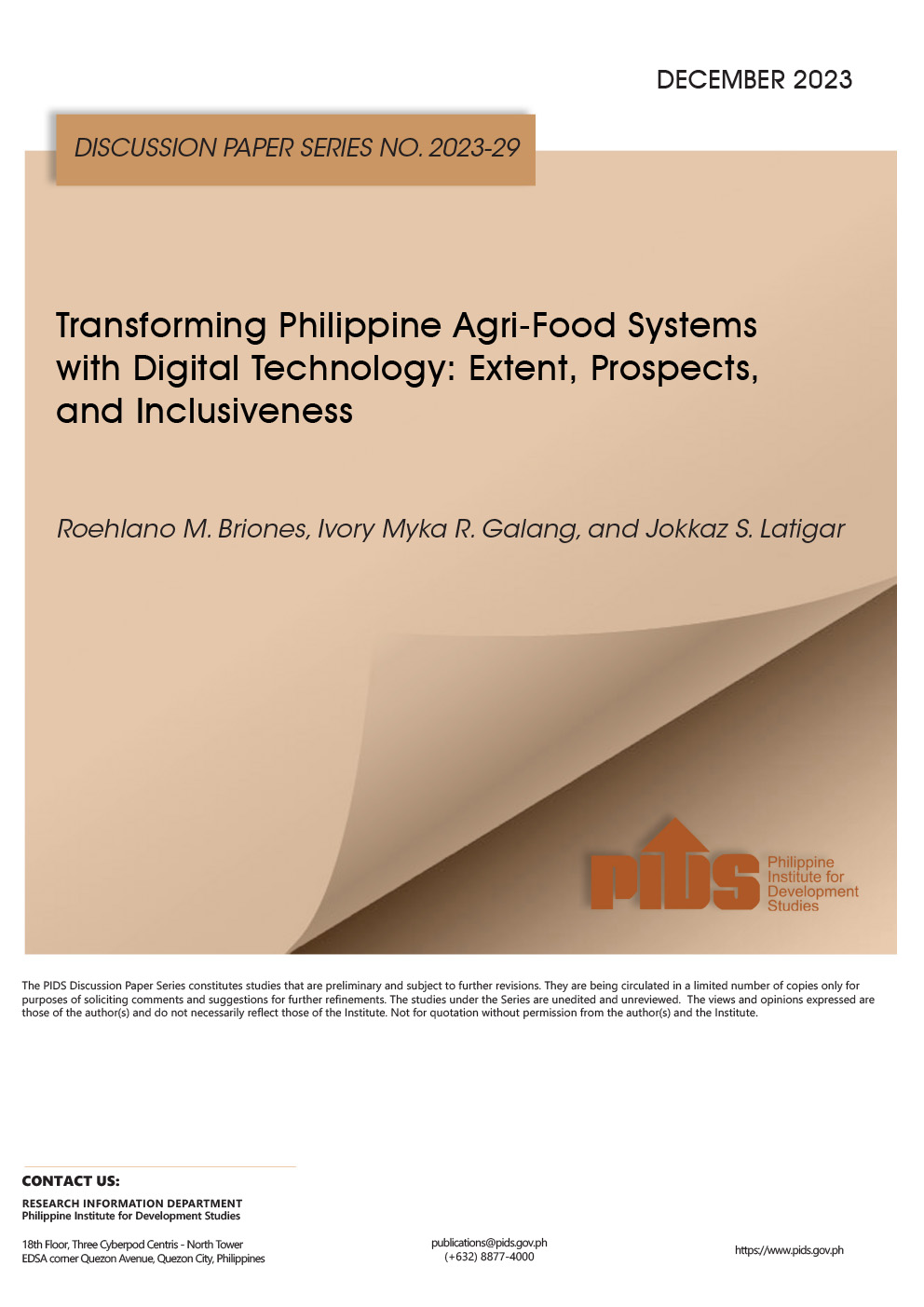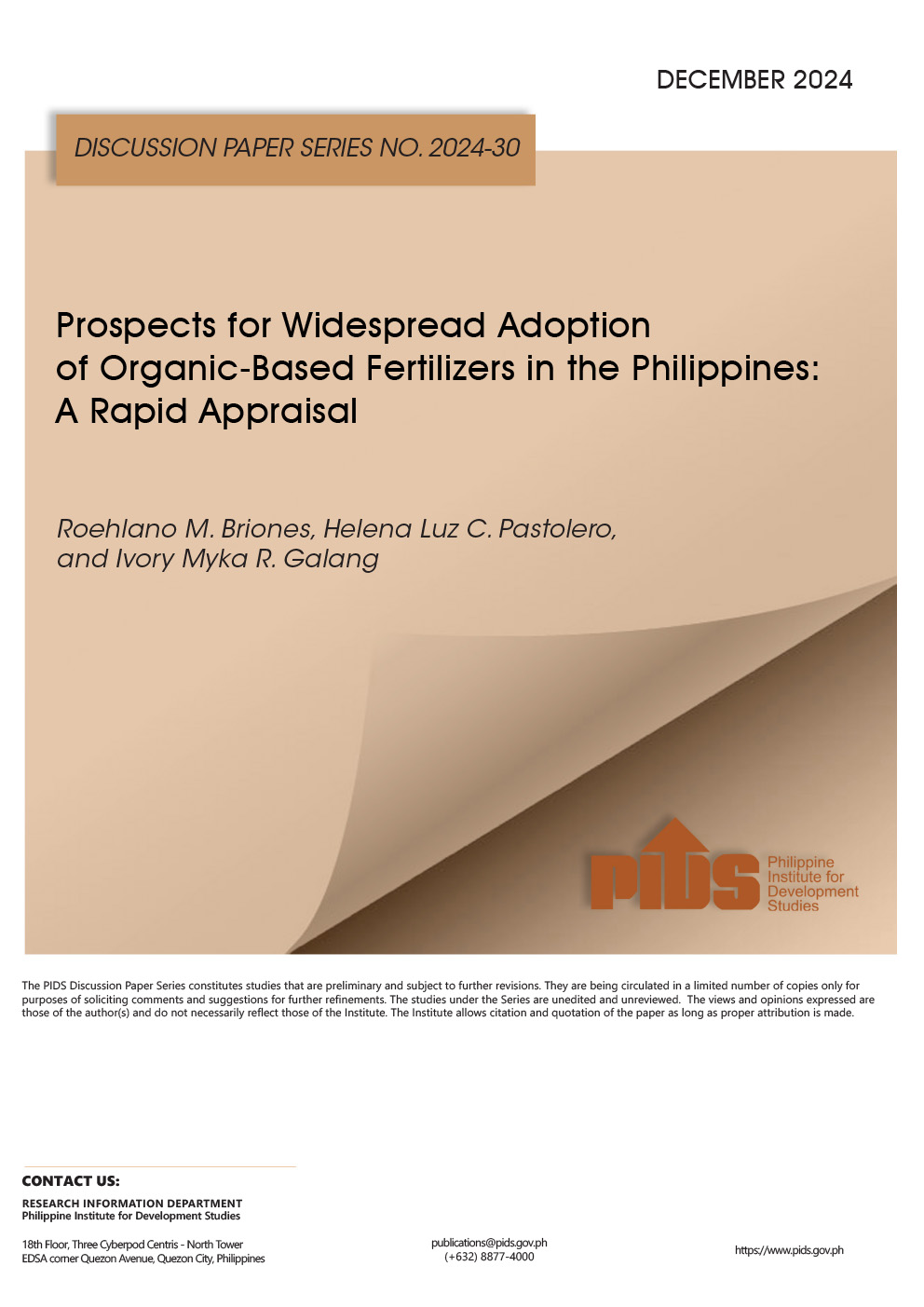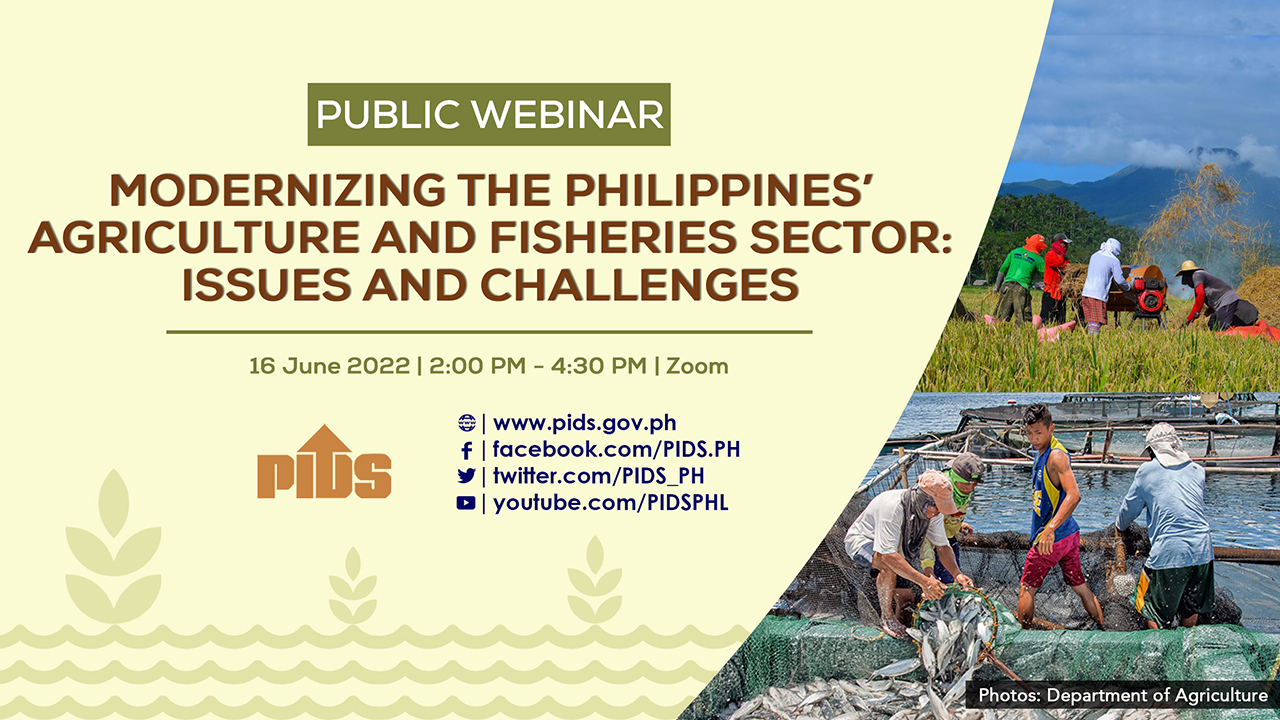From tall with drooping leaves to short or semi-dwarf with straight leaves this basically describes the evolution in the characteristics of the different rice varieties in the Philippines from the pre-World War II period to the present. What factors led to these changes in physical characteristics of our various rice varieties?
Speaking at the recently held inaugural session of the seminar series on Rice and the Filipinos: The Last 100 Years which is being jointly sponsored by the Philippine Rice Research Institute (PhilRice), the Philippine Institute for Development Studies (PIDS) and the Bureau of Plant Industry (BPI) in observance of the International Year of Rice this year, 3 respected rice scientists in the Philippines traced the reasons and developments that brought about the discovery of the different rice varieties in the country with their respective plant characteristics.
Citing the search for more improved and superior varieties as a logical response to address the need for an increased productivity level and a more secured per capita food consumption of a growing population, Dr. John de Leon of the PhilRice stressed that the new rice varieties developed after WWII were answers to the inadequacies of the traditional rice varieties.
This was confirmed by noted rice scientists, Dr. Tomas Masajo of PhilRice and Dr. Fernando Bernardo formerly of the International Rice Research Institute (IRRI).
Speaking at the recently held inaugural session of the seminar series on Rice and the Filipinos: The Last 100 Years which is being jointly sponsored by the Philippine Rice Research Institute (PhilRice), the Philippine Institute for Development Studies (PIDS) and the Bureau of Plant Industry (BPI) in observance of the International Year of Rice this year, 3 respected rice scientists in the Philippines traced the reasons and developments that brought about the discovery of the different rice varieties in the country with their respective plant characteristics.
Citing the search for more improved and superior varieties as a logical response to address the need for an increased productivity level and a more secured per capita food consumption of a growing population, Dr. John de Leon of the PhilRice stressed that the new rice varieties developed after WWII were answers to the inadequacies of the traditional rice varieties.
This was confirmed by noted rice scientists, Dr. Tomas Masajo of PhilRice and Dr. Fernando Bernardo formerly of the International Rice Research Institute (IRRI).












